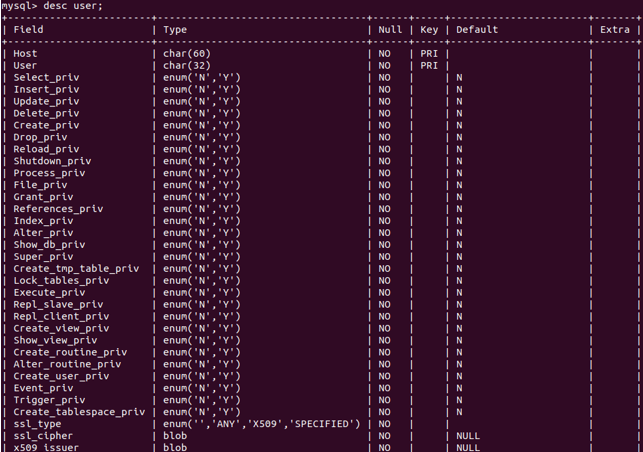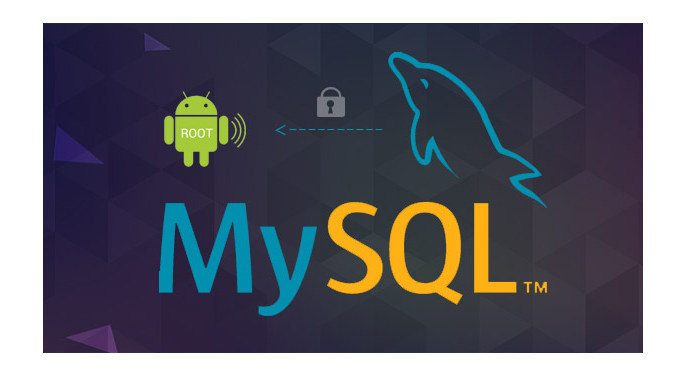

You can also add the -console option to the command if you want server output to appear in the console window rather than in a log file.

The server executes the contents of the file named by the -init-file option at startup, changing each root account password. If you installed MySQL to a location other than C:\mysql, adjust the command accordingly. Start the MySQL server with the special -init-file option: C:\> C:\mysql\bin\mysqld-nt -init-file = C:\mysql-init.txt Open a console window to get to the command prompt: For this example, the file will be named C:\mysql-init.txt.
#MYSQL RECOVER ROOT PASSWORD UPDATE#
The UPDATE statement resets the password for all existing root accounts, and the FLUSH statement tells the server to reload the grant tables into memory. The UPDATE and FLUSH statements each must be written on a single line. UPDATE er SET Password=PASSWORD('MyNewPass') WHERE User='root' Replace the password with the password that you want to use. Not running as a service, you may need to use the Task Manager to force it to stop.Ĭreate a text file and place the following statements in it. Then find the MySQL service in the list, and stop it. Start Menu -> Control Panel -> Administrative Tools -> Services For a server that is running as a Windows service, go to Stop the MySQL server if it is running.Log on to your system as Administrator.You can also use the following procedure from the manual for resetting the password for any MySQL root accounts on Windows: I recommend go with Xenph Yan above and just create an new one. It has been hashed with a one way hash which if you don't know is irreversible. Unfortunately your user password is irretrievable.


 0 kommentar(er)
0 kommentar(er)
